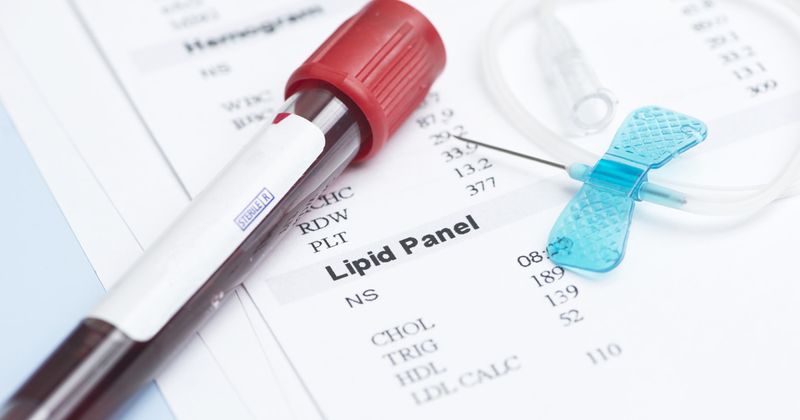NLA issues new recommendations on lipid measurements in the management of CVD
Accurate and precise laboratory lipid measurements are important. As such, the National Lipid Association has released a new scientific statement on lipid measurements in the management of CVDs.
The recommendations were highlighted during a presentation at the NLA Scientific Sessions and also published in the Journal of Clinical Lipidology.

Writing committee chair Peter W.F. Wilson, MD, FNLA, professor of medicine in the division of cardiology at Emory University and director of epidemiology and genomic medicine at the Atlanta VA Medical Center, discussed the recommendations and highlighted how accurate, precise and detailed laboratory lipid reports that include fasting status, desirable values and alert values are invaluable in guiding CV care.

“Most of these recommendations are known to lipidologists,” Wilson said. “In stable patients, initial screening is fine, but when we review the evidence, it doesn't really say what do you do after that if something's abnormal.”
According to the statement, clinicians should collect specimens from outpatients in a stable metabolic condition. For initial screening, nonfasting lipids are acceptable. If fasting or nonfasting triglycerides are higher than 175 mg/dL, a follow-up fasting lipid measurement is recommended, according to Wilson.
“For post-analytic issues, we should really lean on the reporting for our hospital systems or local groups to know what the desirable values are and what are the extremes,” Wilson said. “What are the targets for individuals with familial hypercholesterolemia? We don't generally have this on any of our reports and it's a simple extra text that could be put into the reports.”
Lipid laboratory reports are more informative when desirable values are noted, according to the presentation.
Extremely elevated LDL cholesterol, defined as 190 mg/dL or higher at any age or 160 mg/dL or higher for children, should be flagged in lipid reports as severe hypercholesterolemia, due to the possibility of familial hypercholesterolemia, elevated Lp(a) or the need for LDL lowering with high-intensity statins, according to the presentation.
Similarly, triglyceride levels greater than 500 mg/dL should be noted as severe hypertriglyceridemia.
Wilson highlighted other key points on lipid measurement. Lipid measurements be obtained 4 to 12 weeks after a change in lipid treatment. Wilson added that, although lipid levels in acutely ill patients may be lower, they should not be entirely discounted, as they aid in the decision-making process later on.
Results of inpatient lipid tests may require outpatient follow-up testing, according to the presentation.
“LDL can be measured by the Friedewald equation, and now there's also the [Martin/Hopkins] and the Sampson approaches. In addition, non-HDL is a fabulous assay. Several of the members of the committee, and the NLA in general, have been strong proponents of using non-HDL, and we echo that in this report,” Wilson said. “In general, the advanced assays have very little use most of the time for initial screening and they have limited use for patients on therapy.”
According to the authors, the Friedewald equation is accurate is most patients with LDL levels of 100 mg/dL or greater and triglycerides below 150 mg/dL; this equation is less accurate with LDL levels below 100 mg/dL and triglycerides of 150 to 400 mg/dL. The Martin/Hopkins equation is preferred, according to the authors, particularly for patients with LDL levels below 100 mg/dL and triglycerides of 150 to 400 mg/dL. At this time, estimating equations are not recommended at higher levels of triglycerides (> 400 mg/dL) due to greater inaccuracy of LDL estimation, according to the presentation.
“When you sit down and start to sort out everything that's going on with the Friedewald vs. Martin/Hopkins equations, the Martin/Hopkins [equation] does really well, but there are some times when the Friedewald equation does particularly well, especially for higher LDL cholesterol,” Wilson said. “There were very few low LDL cholesterols in the original Friedewald paper, and that's partly what the Martin/Hopkins method has gone after: greater detail and with a newer technology to assess LDL. Similarly, the Sampson equation is likely to be very competitive with Martin/Hopkins as that equation gets tuned over the next few years.”
In other recommendations, advanced lipoprotein tests that use apolipoprotein B, LDL particle number and/or remnant cholesterol may help guide therapy in select patients. However, data on these tests are limited for patients on lipid-lowering therapy with low LDL levels, according to the statement.
Read the scientific statement for all recommendations.







